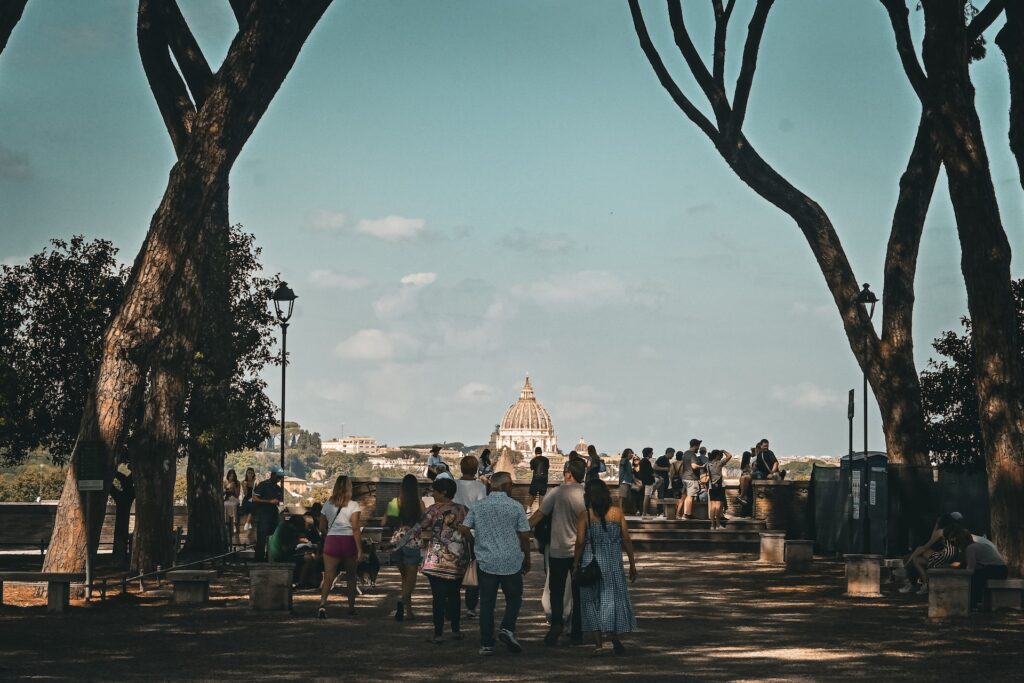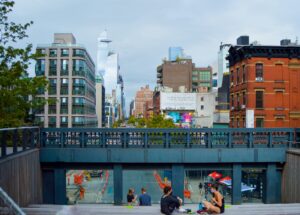The UCLG Committee on Urban Strategic Planning herewith wants to share Public Space: a Strategy for Achieving the Equitable City written by Pietro Garau. Pietro is the international curator of the Biennial of Public Space, INU project leader for the INU/UN-Habitat partnership on public space and co-lead of the Habitat III policy unit on Urban Spatial Strategies, land markets and segregation.
The global Urban Sustainable Development Goal no 11 has a target 11.7 on public space: by 2030, provide universal access to safe, inclusive and accessible green and public space, in particular for women and children, older persons and persons with disabilities”. Vis-à-vis the implementation of this SDG, we must stop looking at public space as merely a land use application and instead advocate for its recognition as a cross-cutting issue of a global relevance. We aim at making public space seen as a public service by local governments and as a place where we can all exercise our shared right to the city. The sustainable management of public space can only be entrusted by the entity that responds directly to its citizens and delivers goods and services for all: local
government.
The following note was delivered as a keynote address, during a Peer Learning Exchange on Public Space in Durban, South Africa, in 2014 and we would like to make it available to a global and greater audience, as it expresses common values with the UCLG. Pietro Garau argues that public space is important if we want to achieve the equitable city and thus, urban strategies should be public space centered. As public space, in its various forms and functions, covers sometimes over fifty per cent of the total area of our cities, it is crucial to focus on public space in order to achieve the “equitable city”.
Download the report here.
Recommended by Luisa Bravo











More Stories
A stealthy reimagining of urban public space by Elizabeth Diller
Security by Design: Protection of public spaces from terrorist attacks
10 years of Global Public Space Programme – Annual Report 2022 and reflections on a Decade of Public Space